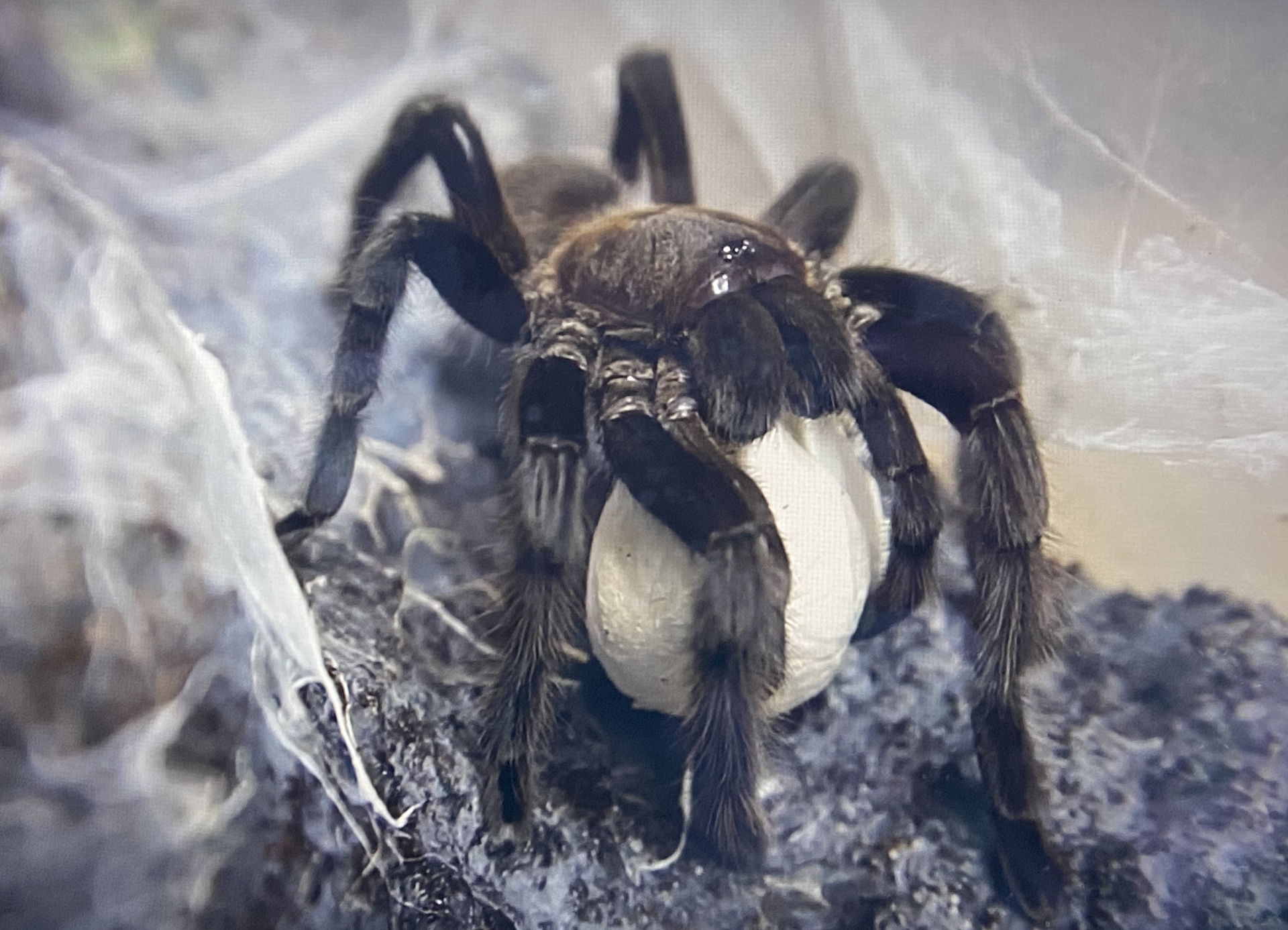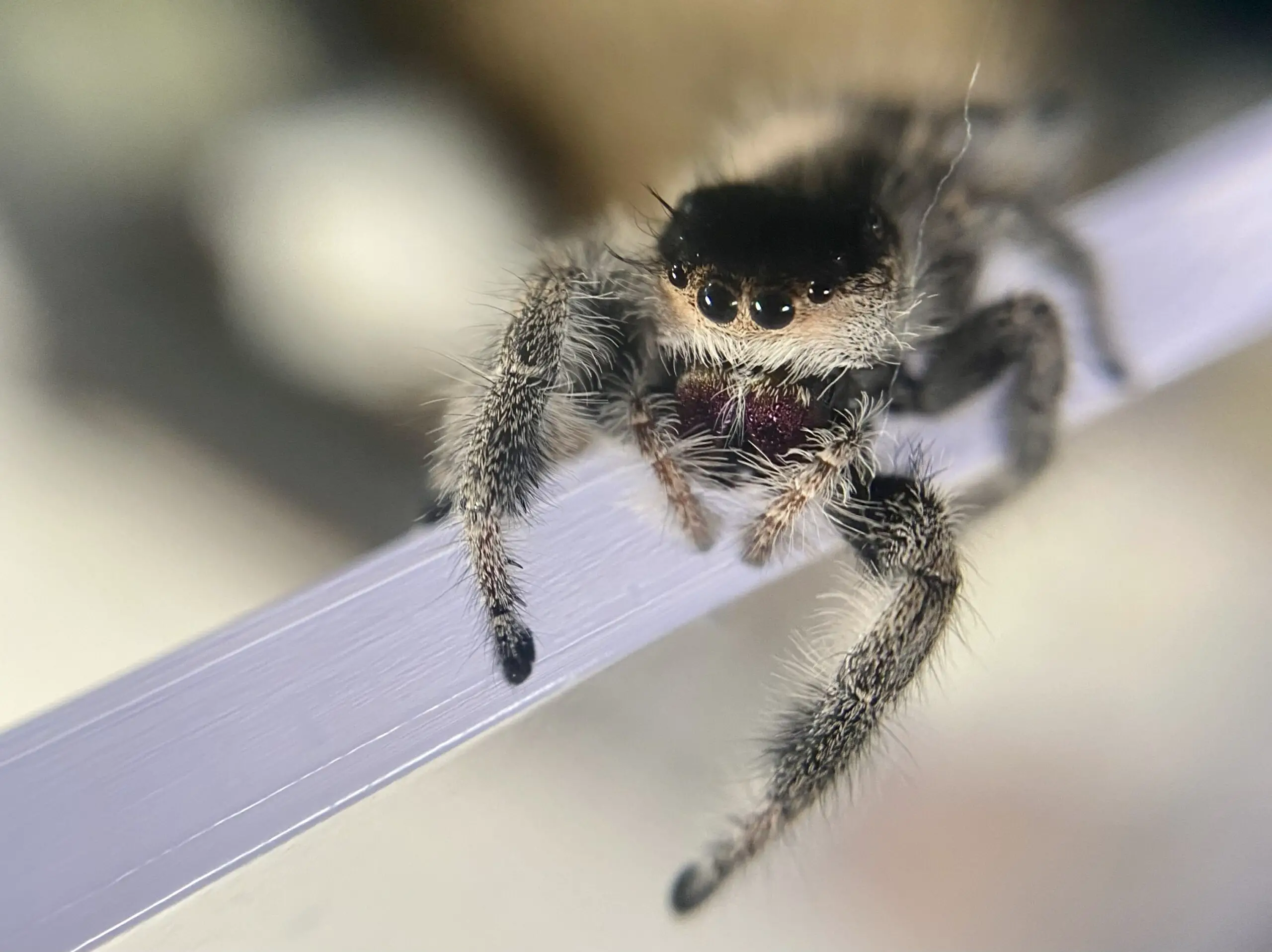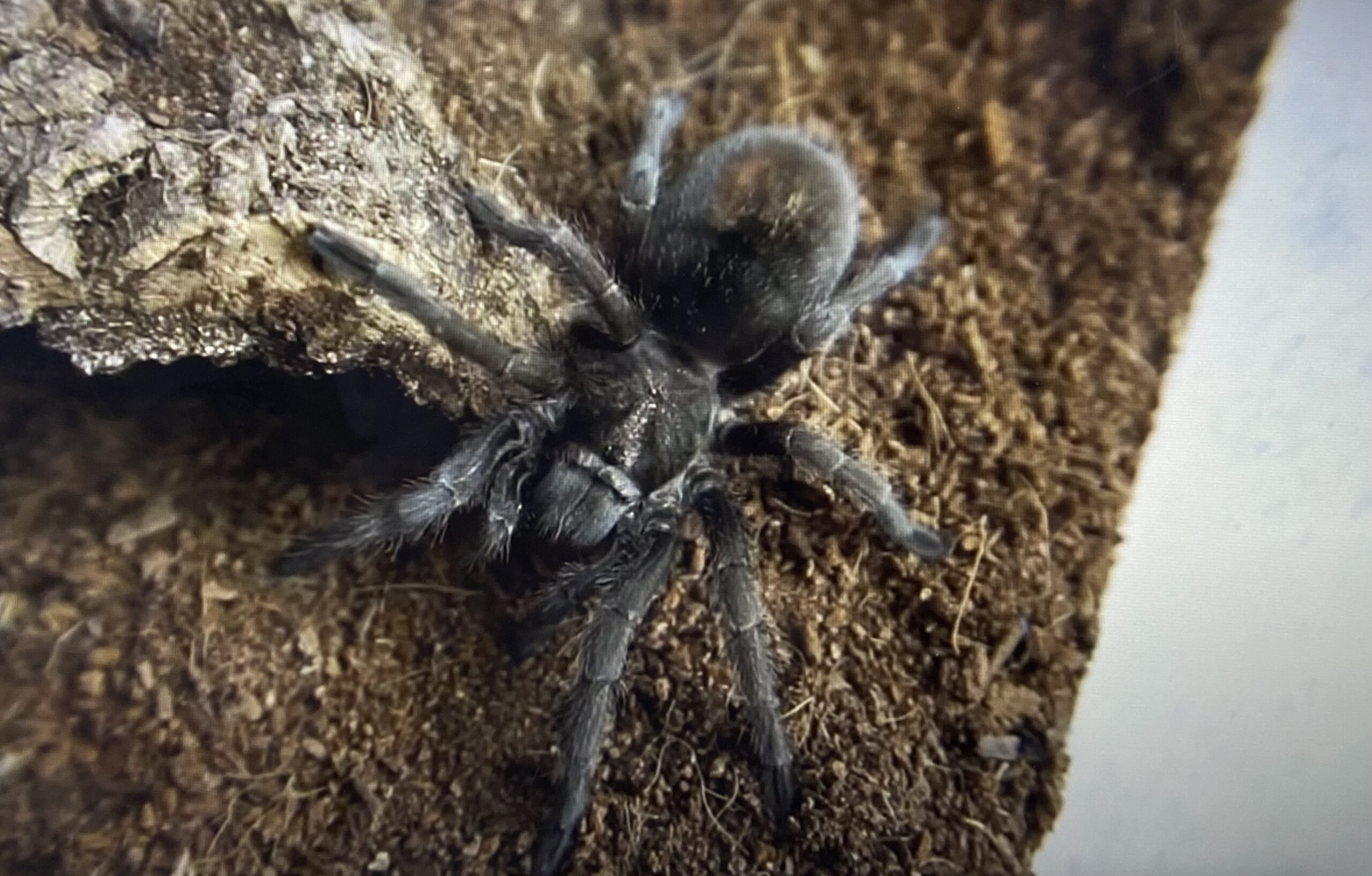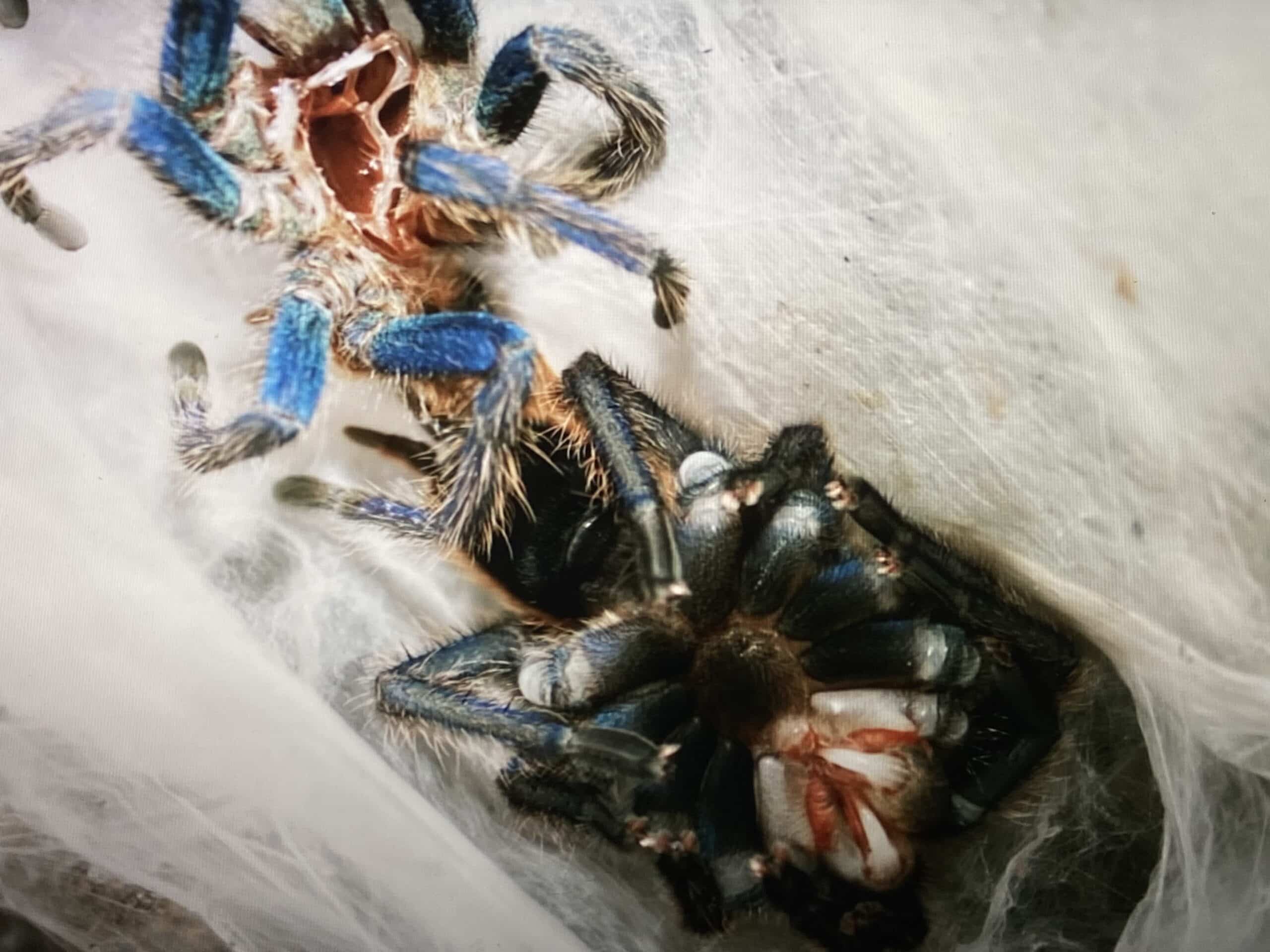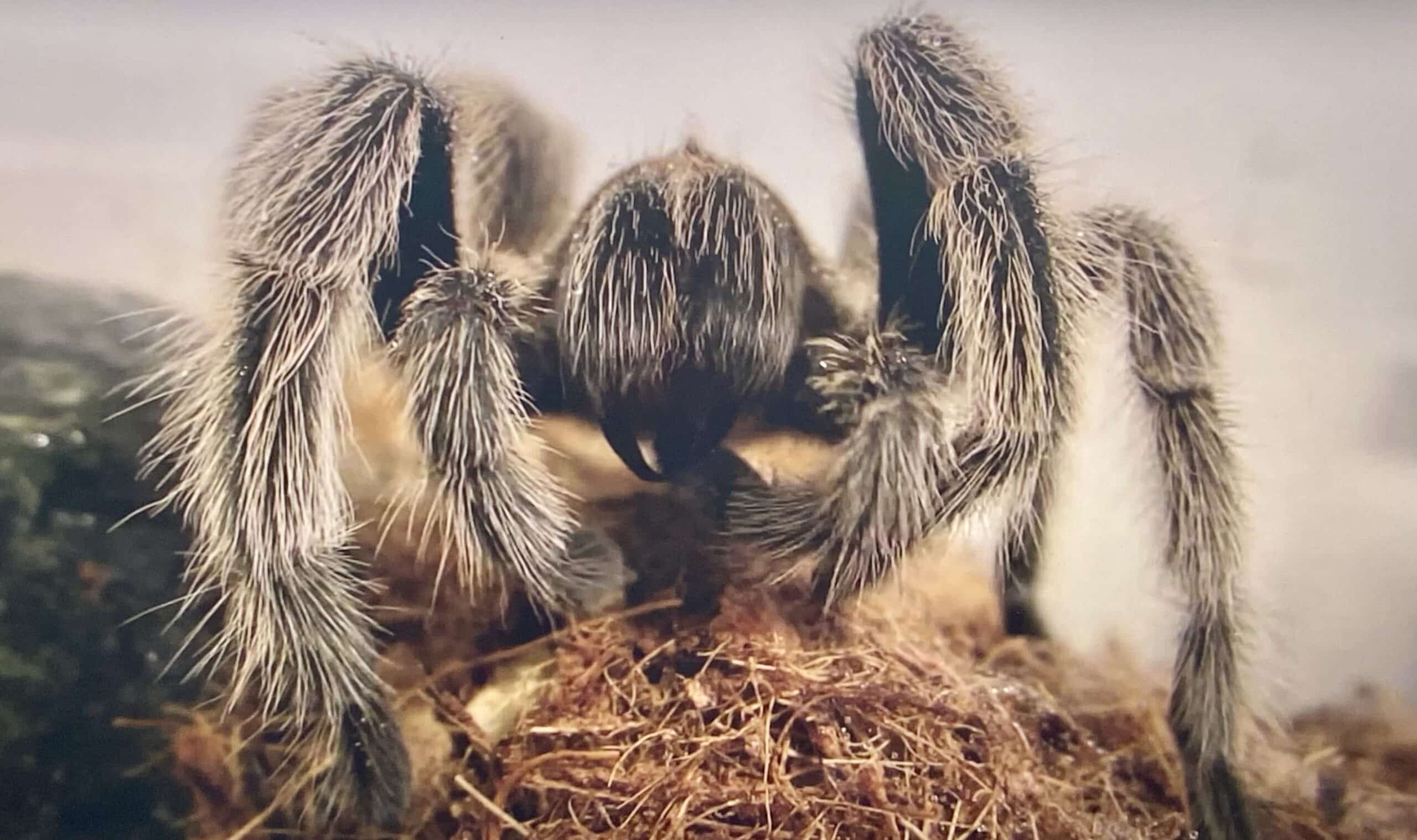Your Ultimate Guide to Keeping Pet Spiders
Expert spider care guides and spider equipment reviews
Jumping Spiders
Explore the world of jumping spiders – care, feeding, housing, and species profiles for these captivating creatures.
Tarantulas
Your guide to tarantula care: housing, feeding, breeding, and everything you need to know about these fascinating arachnids.
Buying Guides
Find the perfect home for your spider: enclosures, substrates, decorations, and all the essentials for a thriving arachnid habitat.
About Us
At Spiders Web HQ, we are passionate about sharing the wonders of the arachnid world with fellow enthusiasts. We believe that spiders are fascinating creatures, often misunderstood and deserving of appreciation.
Our mission is to provide reliable and informative resources for both beginner and experienced keepers. We strive to promote responsible spider keeping, ensuring the well-being of these incredible animals. We encourage knowledge sharing and support among spider keepers through our website and social media channels.
We aim to educate the public about the vital role spiders play in our ecosystems and to dispel common misconceptions about these fascinating creatures.
Whether you’re a seasoned arachnid keeper or just starting your journey, we invite you to explore our website and discover the captivating world of spiders. We are always learning and growing, and we welcome your feedback and contributions to our community.

Jumping Spiders
Dive into the captivating world of jumping spiders
These charismatic arachnids are beloved for their incredible eyesight, vibrant colors, and playful personalities. Observe their fascinating hunting techniques, learn about their diverse behaviors, and discover the joys of interacting with these intelligent creatures. We provide comprehensive guides on popular jumping spider species, including their care requirements, enrichment ideas, and tips for successful breeding.


Tarantulas
Embark on a journey into the world of tarantulas, these impressive and often misunderstood arachnids
Explore the diverse range of tarantula species, from the vibrant colors of arboreal tarantulas to the burrowing habits of terrestrial species. Learn about their unique behaviors, such as urticating hairs and defensive postures, and discover how to provide them with a safe and enriching environment. We offer valuable insights into tarantula care, including housing options, feeding guidelines, and tips for handling these fascinating creatures responsibly.
Enclosures and Accessories
Create the perfect home for your spiders
Explore our extensive selection of enclosures, from simple terrariums to more elaborate bioactive setups, to suit the needs of different spider species. Discover a wide range of essential accessories designed to enrich your spider’s environment and encourage natural behaviors. Find everything from hides and water dishes to climbing structures, decorations, and specialized substrates. We provide expert advice on choosing the right enclosure and accessories to ensure your spider’s well-being and happiness.





